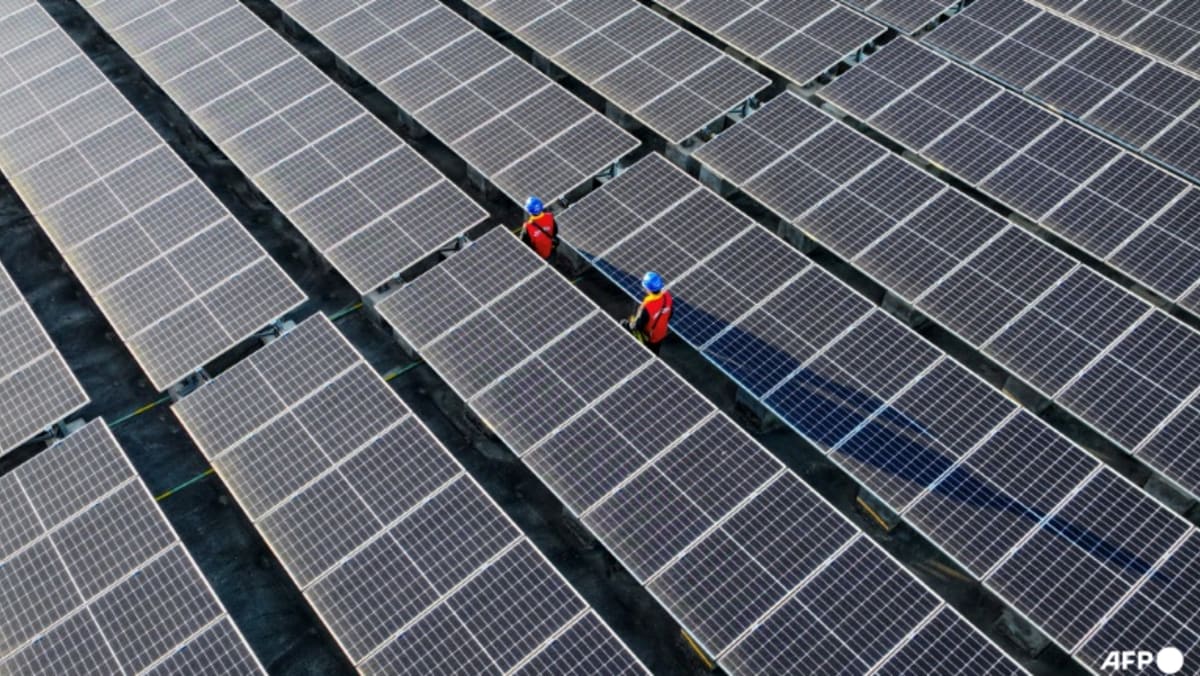IMPLICATIONS FOR THE US SOLAR INDUSTRY
Will Trump’s tariffs on Southeast Asian manufacturers boost the American solar industry?
A US study in 2024 found that solar tariffs led to some gains for US manufacturers, but higher prices for consumers and losses in environmental benefits.
Industrial policy such as financial incentives and manufacturing tax credits is viewed as the more efficient approach for supporting the solar industry, as opposed to reliance on trade policy. Nevertheless, more evidence is necessary to determine the effect of high import tariffs on the solar industry.
US solar production and supply chain growth are also contingent upon Trump’s climate policies, including his decisions to undermine the Inflation Reduction Act (IRA). The policy, signed by the Biden administration in 2022, supports clean energy projects through incentives and tax credits, enabling a four-fold increase in solar manufacturing capacity in two years.
Reversing the IRA is a poor decision, as it could dampen long-term industrial strategies, hinder job growth and cause the US to fall far behind its peers in meeting climate goals.
Despite sector consolidation and price adjustments in the short to medium term, China is expected to maintain its market position and cost competitiveness. It will take years for American solar factories to catch up.
In the short and medium term, solar panel price hikes will affect US consumers, possibly slowing solar panel installations as developers navigate new constraints.
Current developments also highlight the dynamic nature of the global solar industry. Achieving clean energy targets means that governments will need to adapt to changing trade policies and market conditions.
Sita Rahmani is Research Fellow at Energy Studies Institute, National University of Singapore.
